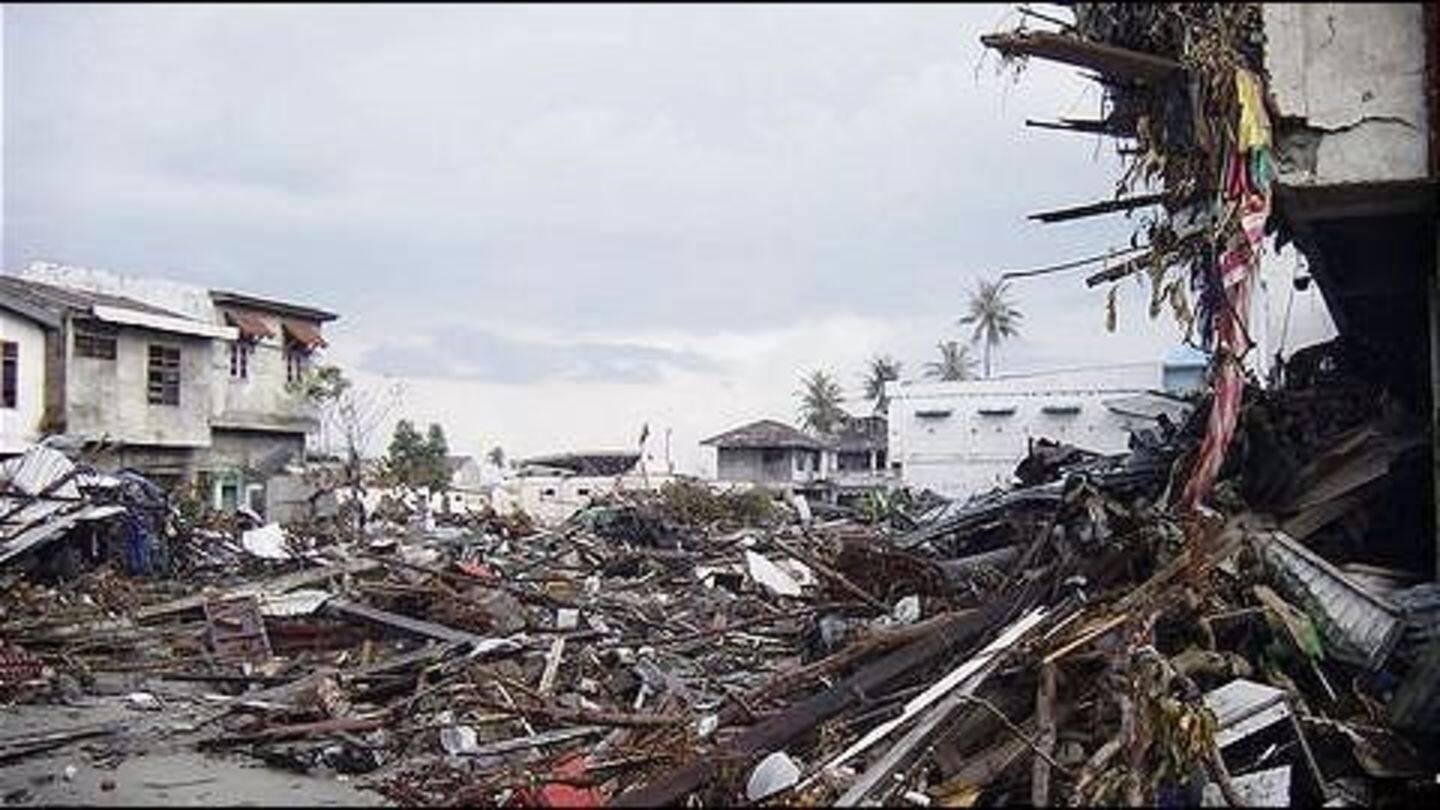
Natural disasters - How prepared are India's health systems?
What's the story
Over 58.6% of Indian landmass is earthquake prone while 5,700km of 7,516km-long coastline is prone to cyclones and tsunamis. About 40-million hectares of land are at the risk of flooding and river erosion; 68% of cultivable land is drought prone. Natural disasters hit on a regular basis, causing ill-health and disrupting health systems. But, does India have disaster health systems to address such challenges?
Information
India among the top natural disaster prone countries
Disasters deeply-affect health systems causing disproportionate illness and injury; the condition of those with chronic pre-existing diseases gets worse. Health workers are not well equipped to deal with the extreme circumstances during such disasters, especially for safeguarding lives and livelihood post-disaster.
Medical Education
Are doctors adequately trained to deal with disasters?
Medical education in India teaches doctors in training to inspect, auscultate, palpate and percuss a human body; it doesn't teach them to be prepared for natural disaster and their consequences. Creating field hospitals, identification of dead bodies, reproductive and child health, handling mass emergencies, addressing logistical challenges, and the concept of incident command do not form a part of important discussions at medical colleges/hospitals.
Solutions-I
Post-disaster challenges - What does India need?
India needs a dedicated cadre of doctors in every healthcare setting specially trained to address disasters. Appropriate government support must be given to public health experts involved in disaster response for executing epidemiological surveillance and disease-control activities. The value proposition for global policy frameworks like Sendai Framework, Paris Agreement on Climate Change, and Sustainable Development Goals needs to be created at local-levels of governance.
Solutions-II
Stepping up health system to address national disaster resilience
Temporary resettlements lead to overcrowding, improper sanitation, and spread of airborne infections. Health systems and local municipalities need to work together for implementing a proper mechanism to address issues varying from place-to-place. The systems must provide curative treatment, psychosocial rehabilitation, and engage in vector control measures. India - with the triple burden of infectious, non-communicable, and re-emerging diseases- needs to step-up its health system.
Information
Capacity and competency
Capacity building and competency in disaster response need to be optimized. Concerned ministries must bridge the gap through financial support as disaster risk reduction remains a multi-sector problem. The Health Ministry's draft Public Health Bill 2017 attempts to prioritize disaster management but lacks depth.
Requirements
Building disaster health systems in India
For building disaster health systems, India needs to strengthen the State Disaster Management Authority and the District Disaster Management Authority. It would also have to hold the District Health and Family Welfare accountable for any sort of lapse in disaster management at the district level. It could also introduce a Public Health Law of Disaster Resilience to regulate the institutional and legal framework.
Information
Drawing inspiration from Japan
In 2013, the administration of Japanese Prime Minister Shinzo Abe passed the landmark 'Basic Law of National Resilience' to protect its citizens. Drawing inspiration from Japan, Indian parliamentarians should take moral responsibility for the people's lives and deliberate on the need for such law.